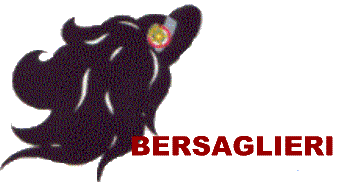

1917 LA ROTTA DEGLI ALLEATI (17)
|
|
|
|
Kerensky, minister of justice for
the Russian Provisional Government which had replaced the Romanov
dynasty, assumed the additional responsibility of minister of war in May
1917. To understand the scope of his new role, the minister set off for
the war zone to review the troops and assess their potential for
continuing the war. His first stop was at Kamenez-Podolsk where he
consulted with the commander of the Southwest Front, General Alexei
Brusilov. Together they motored from one end of the front to the other...The
officers whom Kerensky met were lumped into three categories: the
majority who were confused and unable to lead, a minority who were
sabotaging the revolution, and a smaller group who knew how to approach
and lead the revolutionary soldier. Kerensky attended many of the
political meetings with the soldiers. At one such meeting, while waiting
his turn to speak he realized that what the army needed was inspiration.
Slogans! When it came time for him to speak he was ready. From the stage
he called out to the soldiers(2), "Forward to the battle for freedom"
and "I summon you not to feast but to death"(3). Thunderous applause!
The slogans had had an effect but Kerensky knew that the battlefront was
not the place to begin campaigns of indoctrination. Something more
radical had to be done...On 29 June 1917, the Russian army was better
prepared than at any time during the war for an offensive. The two main
thrusts of the attack were to be on the north and south of the
Southwestern Front. In the north, the Eleventh Army was to attack the
Austro-Hungarian Second Army at its hinge with the Südarmée. In the
south, the Eighth Army was to assault the juncture of the
Austro-Hungarian Third and Seventh Armies. While these two operations
were going on the Russian Seventh Army would frontally assault the
Südarmée with the intention of keeping it from reinforcing their ally
either to the north or the south. Although the entire front was nearly
200 kilometers long, the foci were less than 50 kilometers each. Along
the whole front Brusilov's staff had arranged 40 infantry and 8 cavalry
divisions, mostly of Finnish, Siberian, and Caucasian origins, along
with 800 light, 158 medium, and 370 heavy guns(13). Opposing the Russian
hordes were 26 infantry divisions, one cavalry brigade, and 988 guns of
which only 60 were of a heavy caliber(14). Most of the Russian artillery
had recently arrived from Arkhangelsk and Vladivostok and had either
Japanese or English markings. Along with the cannon had come more than
enough shells both from the allies and Russian factories. Small arms too
were in abundance as a result of American and Japanese shipments |
|
|
|
|
Torna all'indice delle piantine